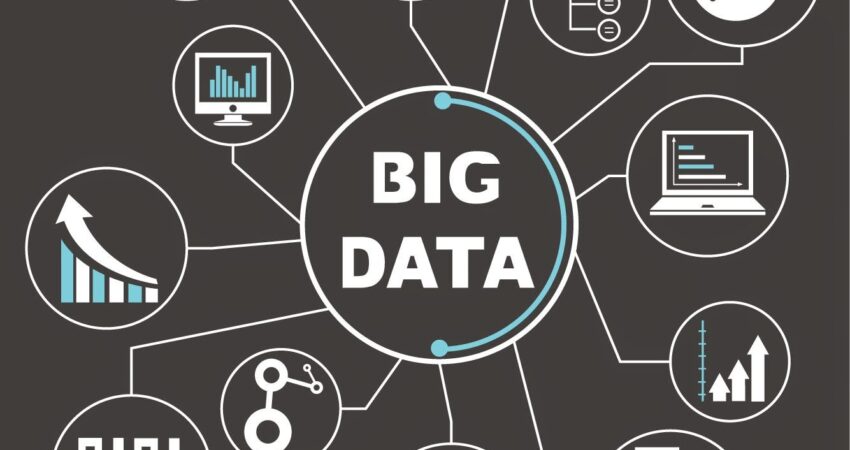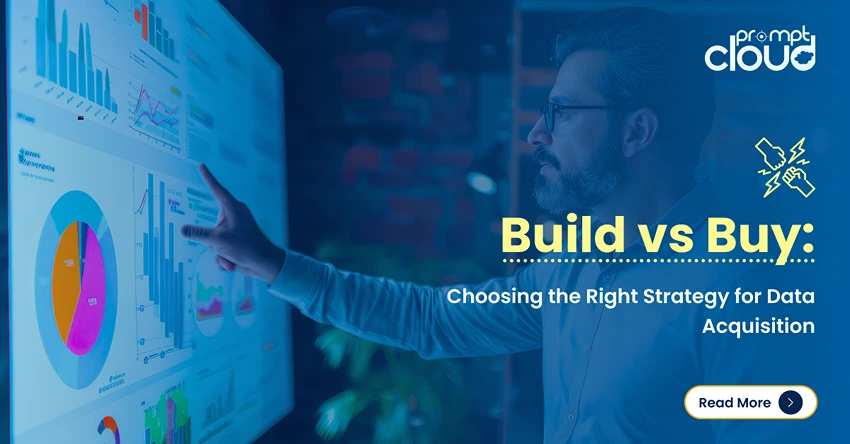
Table of Contents
show
Big Data in business refers to our ability to collect and make sense out of huge amounts of data that is ever-expanding and decoding it into meaningful information, and more importantly, actionable strategies.
Today in almost every industry, data-driven strategies are being used to compete, innovate, optimize costs or enhance the customer experience. For instance, some manufacturers are using sensors embedded in their products to be proactive in maintenance and avoid breakdown. Recruiters are moving towards services such as the Linkedin recruiters suite to tap into the vast pool of candidates who might not even be looking for a job change. In fact, the recruiters suite is what contributes 57% to Linkedin’s top line and this represents a jump of 80% over the previous year.
Here’s how enterprises are using big data in business across industries:
Big Data in Business Processes
United Parcel Service (UPS) stores 16 petabytes of data, most of which have been collected through GPS data and fuel-efficiency sensors installed in their trucks that help them keep a track of their speed, braking patterns, direction, etc. This initiative has enabled UPS in determining the optimum routes and has led to avoiding 85 million miles which translates into fuel savings of 8.4 million gallons.
People Analytics
People analytics is the science of finding out what makes people more productive, happy, responsive, distracted, etc. using data. With technology, all human actions have become track-able as usage data via sources such as web browsing behavior, cell phones, email and instant messaging records, RFID badges, and other such systems. Though these may pose a privacy concern for the consumer, if these issues are taken care of, it may revolutionize the way companies adapt and adjust their processes in real-time using data.
Big Data in Fashion
Companies can gauge reactions to fashion designs by using customer reviews from e-commerce sites, blogs, and other social media. Retailers and designers are also using data to determine the actual demand across various sizes which are helping them to optimize their quantities and minimize leftovers.
Though Big Data has emerged in a big way, a lot of gray areas currently exist in terms of intellectual property, privacy, security, and legislation. For big data to become mainstream, these issues will need to be resolved first.
This is the first post in a series covering how Big Data is being used in today’s world.



















